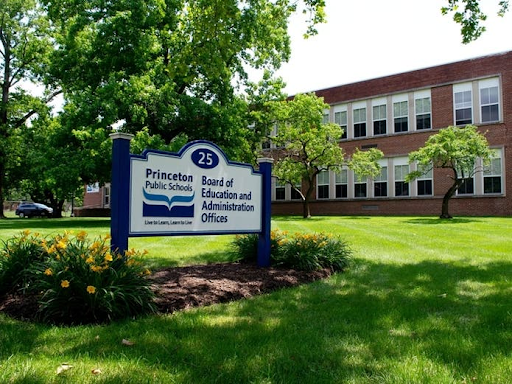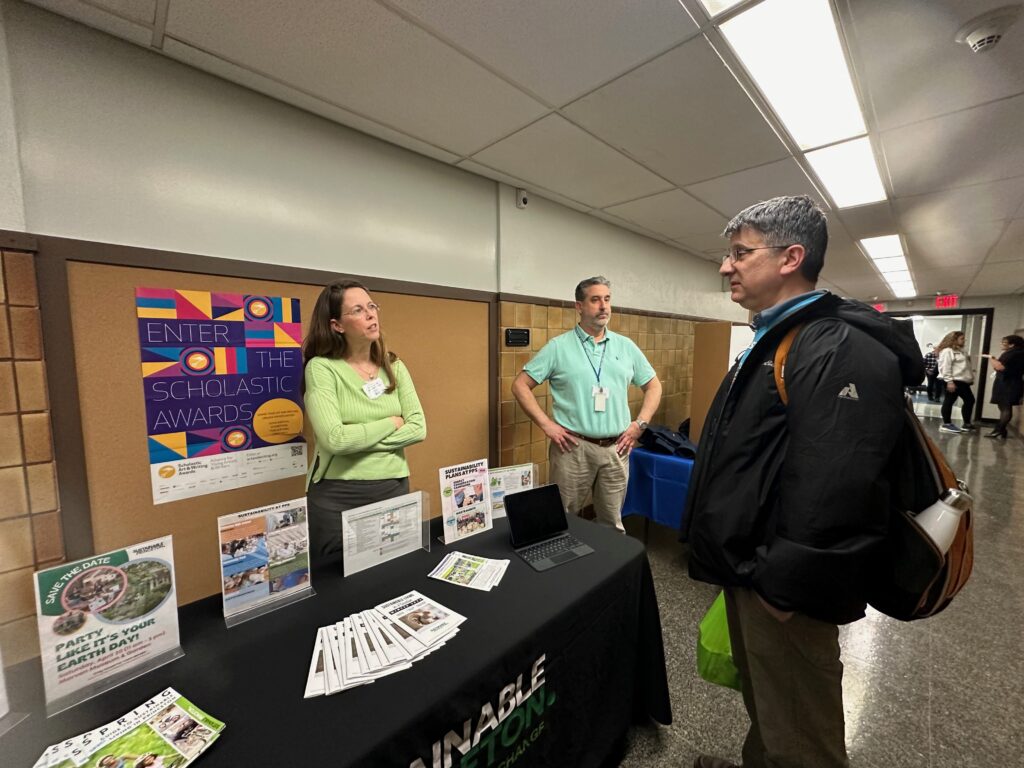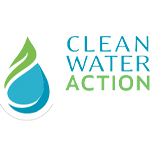FOR PUBLIC AND PRIVATE SCHOOLS
Sustainable Princeton has a longstanding relationship with the Princeton Public School district and is available to help contribute to your school’s sustainability goals.
HERE’S WHAT WE CAN DO FOR YOU
Facility
Consulting

If you’re looking to increase your school’s energy efficiency, switch to renewable energy, reduce waste, or make your landscaping more sustainable, we can work with your facilities team to help meet your goals.
Guest Teaching
and Speaking

We are happy to come to your school to help teach a class or lead a workshop for students.
Science Fairs
and Career Days

We are happy to come to your school to talk about our work and the municipality’s Climate Action Plan.
Check out the work we’ve done with the Princeton Public School District
SUSTAINABILITY CERTIFICATIONS FOR SCHOOLS
Be sure to get credit (and free promotion) for your actions! Join one of the following certification programs which provide a helpful roadmap and resources to achieve greater sustainability goals. Best of all, no one has to act alone!
Sustainable Jersey for Schools
A comprehensive program designed specifically for public schools.
CHPS Designed™ Schools
CHPS Designed™ is a voluntary, self-certification system that helps school districts and design teams accomplish high-performance schools built according to CHPS criteria.

EcoSchools U.S.
EcoSchools U.S. offers a certification program for elementary through secondary schools that nurtures environmental learning and climate action.





